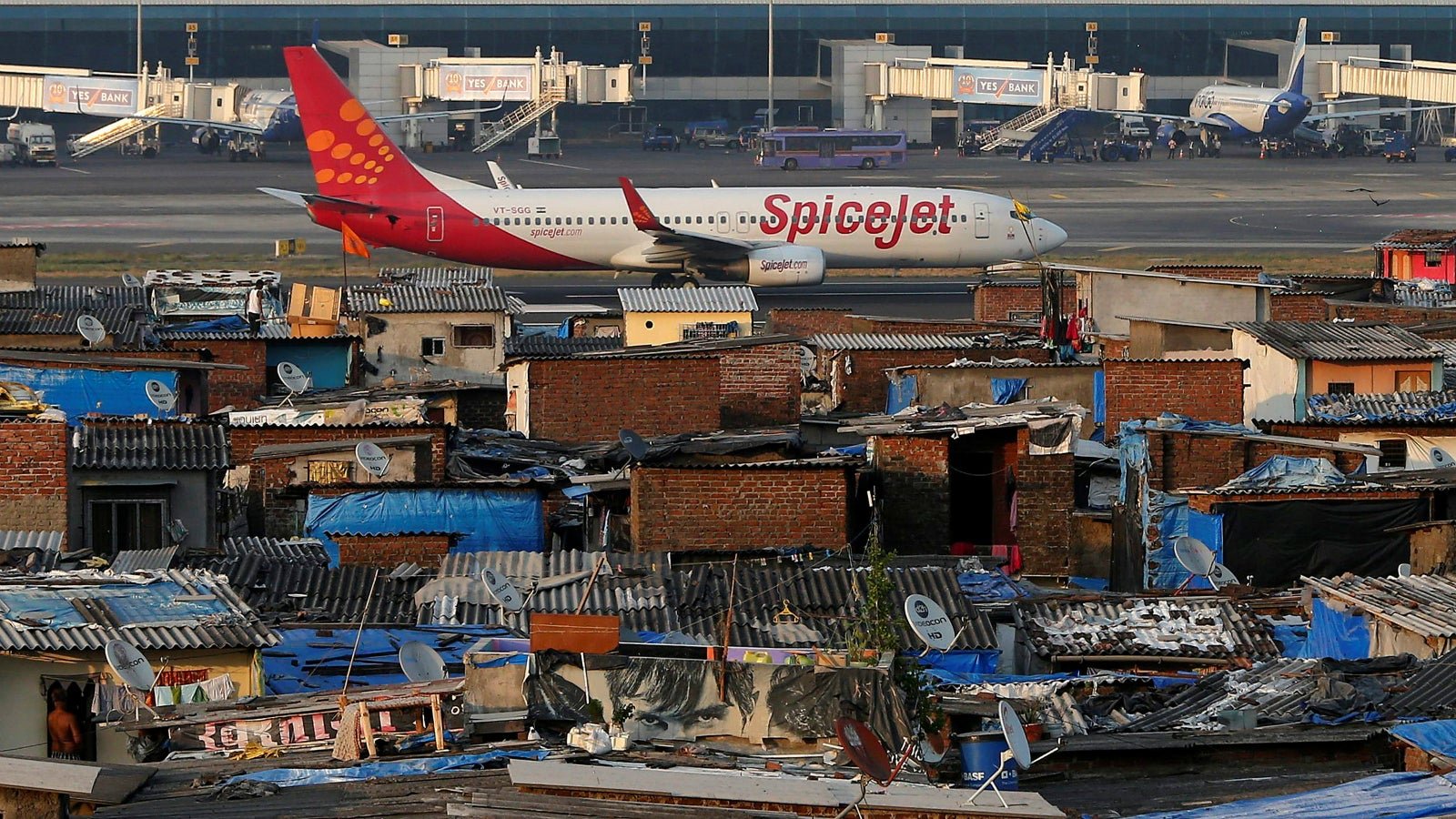With only one runway, Mumbai’s airport is a traveller’s nightmare
One of India’s busiest airports is turning out to be a nightmare for travellers.


One of India’s busiest airports is turning out to be a nightmare for travellers.
Flight disruptions at Mumbai’s Chhatrapati Shivaji International Airport (CSIA) are at a five-year high, with 44% of departures and 47% of arrivals delayed in December 2017, according to data on the airport’s website (pdf).
CSIA opened in 2014, eight years after a GVK-led consortium, now known as Mumbai International Airport, won the contract to renovate and manage the main Mumbai airport. It is now the country’s second-busiest airport in terms of passenger traffic, receiving 45.2 million people in 2017 (pdf), as per Airports Authority of India (AAI) data.
A major issue impacting the on-time performance at the airport is its single-runway facility. In May 2017, the Mint newspaper reported that CSAI beat London’s Gatwick airport to become the world’s busiest single-runway airport, handling one flight every 65 seconds.
“Mumbai, with a single runway, manages more than 950 flights per day,” an official from Mumbai International Airport told Quartz, requesting anonymity. “If traffic congestion happens on account of delays from other airports, there’s little we can do about that.”
After all, traffic irregularities on the Delhi-Mumbai route, which is one of the world’s busiest, majorly impact on-time performance. In particular, the official explained, delays caused by fog in Delhi during winters have a cascading effect on Mumbai. ”It’s not the airport that is responsible for on-time performance, it’s the airlines,” the official added.
Another major cause of disruption involved air traffic control (ATC) issues, which caused 36% of all delays, the Economic Times newspaper reported. Moreover, things are unlikely to look up in coming years as the AAI not only has to contend with increasing traffic, but also manpower issues.
“The AAI has implemented a rule that says one set of ATC officials can train on only one kind of radar—there are two, viz. en route radar and approach radar. Earlier, they used to be trained on both,” AAI deputy general manager (airport safety) Mangala Narasimhan told the newspaper. “Now when the permits of the former kind lapse, there will be an artificial shortage of ATC officials. That is expected to happen from March 2018.”
For now, the possibility of timely landings and takeoffs at the Mumbai airport seems a flight of fancy.